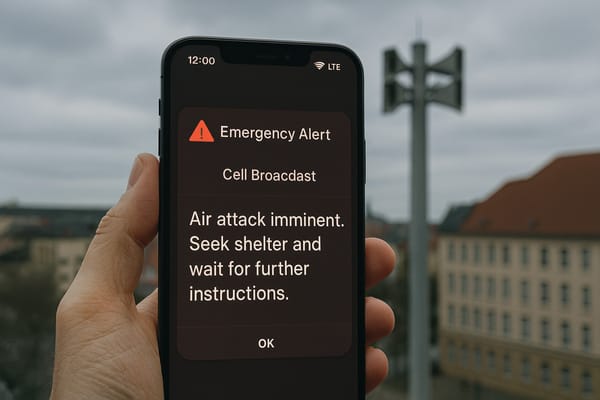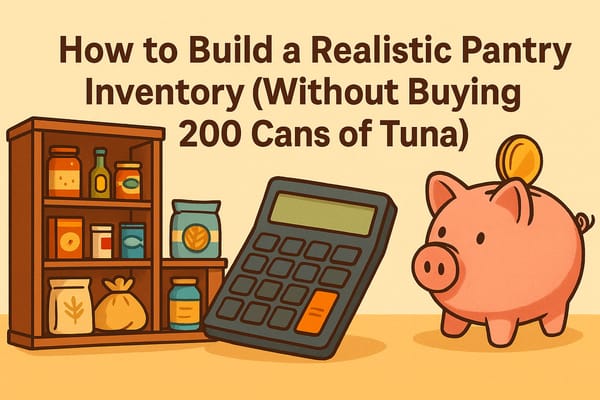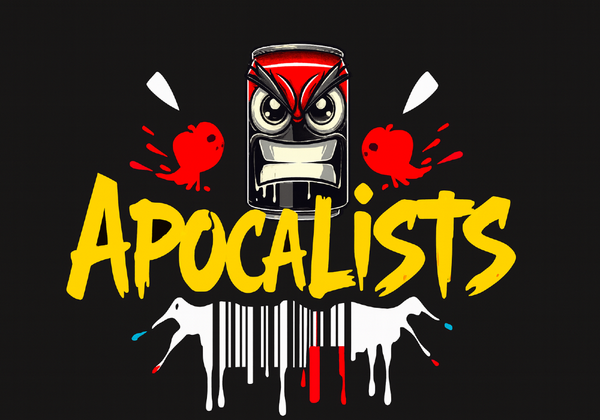All you need to know for digital prepping.
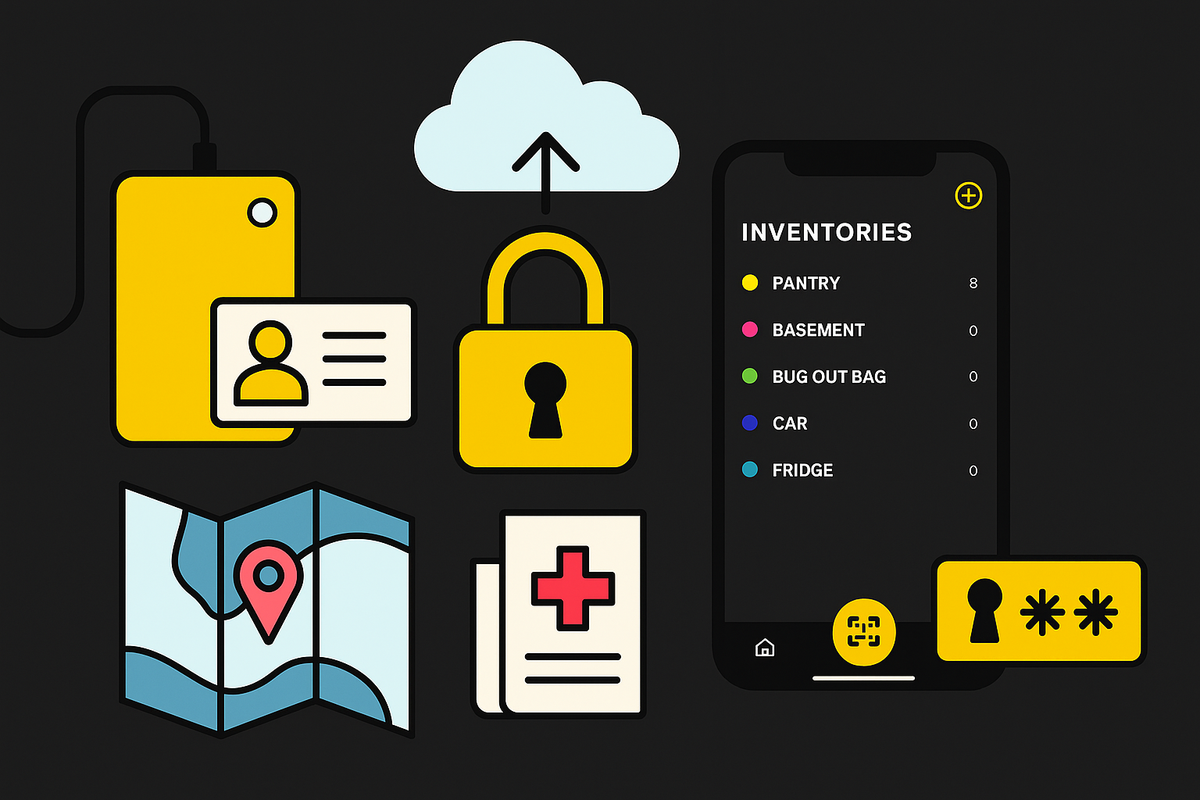
I’ve been lurking in prepping communities for years, and I finally decided it was time to turn some of my Obsidian notes into something useful for others. This post is focused on digital prepping, how to make sure your data, communications, and digital life are resilient in both everyday hiccups and long-term SHTF situations.
Since I have an IT security background, I’m also including some cybersecurity basics that anyone can use.
And just to be clear: none of the products or services I mention are sponsored advertisements. (Though I still regret not buying that Proton lifetime account when it launched.)
The 3-2-1 Backup Rule
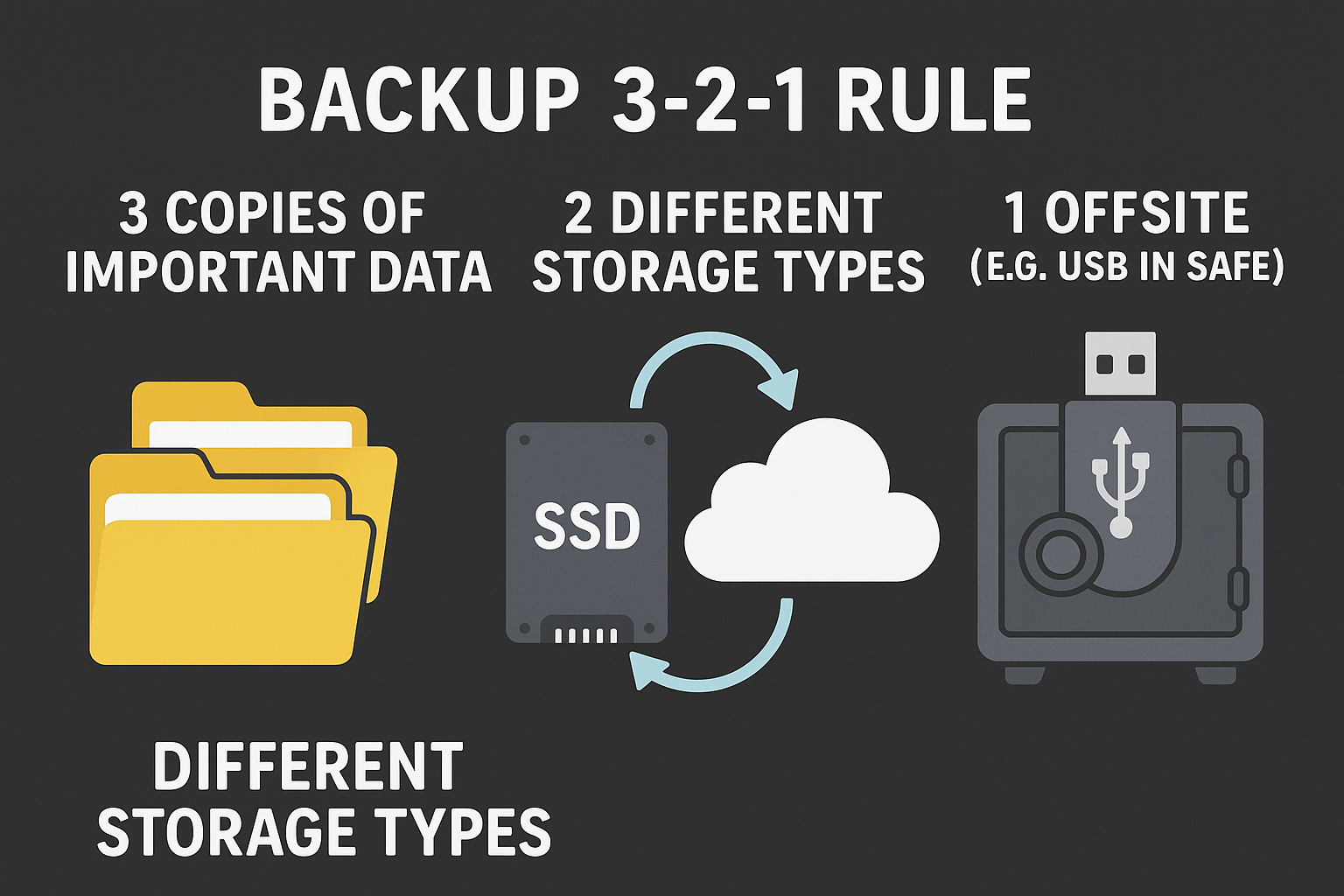
Backups are the foundation of digital prepping. Follow the 3-2-1 backup rule:
- 3 copies of important data
- 2 different storage types (for example SSD and cloud)
- 1 offsite copy (USB in a go-bag, or with a trusted person)
This ensures you have a digital copy of important documents whether it is just a “Tuesday problem” like a hard drive crash or a full-blown disaster.
My setup:
- One encrypted USB in a safe
- Another in my bug-out bag
- Proton Drive for online storage (but Google Drive, iCloud, or any "trusted" cloud service works too)
Tip: zip files with a password. 7z defaults to AES-256 encryption, which is a good standard.
What to Back Up
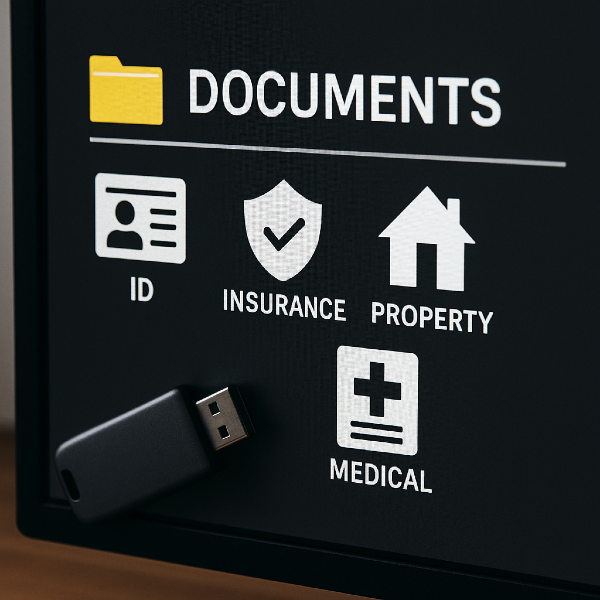
Think beyond just photos and work documents. Here is what I recommend:
- Vital documents: IDs, insurance, property deeds, medical history, dental records
- Offline maps: Organic Maps, OsmAnd, or Google Maps (download regions)
- Informational media:
- StartMyCar for car manuals in PDF
- CarCareKiosk for car repair videos
- First aid PDFs
- Passwords: I use Bitwarden now but might switch to Proton Pass (other options include 1Password and KeePass)
- Family photos, because resilience is also about memories
Digital Hygiene Checklist
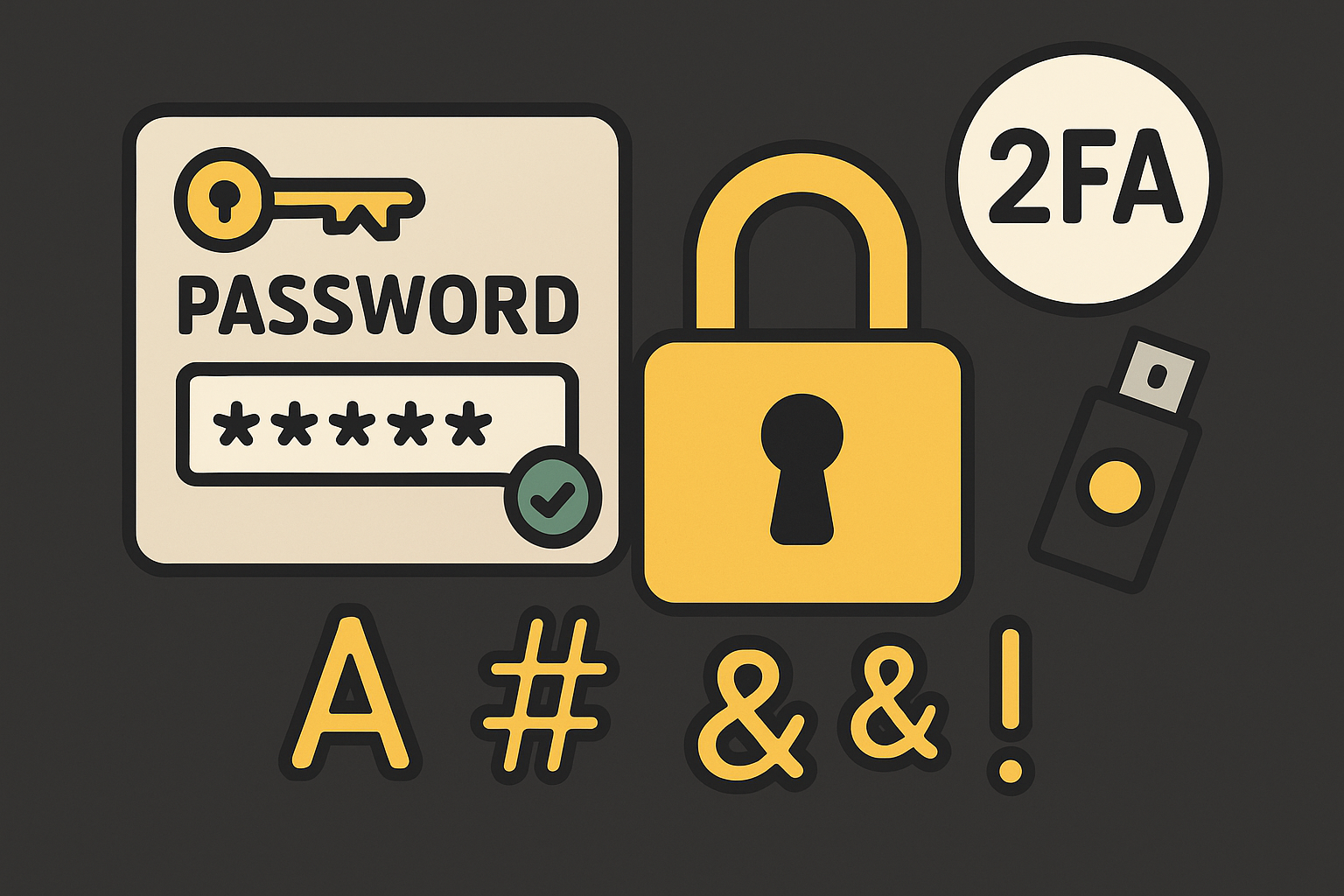
Most cyberattacks in the news could be prevented with some basic digital hygiene.
- Use strong, unique passwords (Bitwarden, 1Password, Proton Pass)
- Enable 2FA (authenticator apps are better than SMS)
- Harden your browser (uBlock Origin, HTTPS Everywhere, disable JavaScript when possible)
- Update firmware and software regularly
- Use a VPN with a no-logs policy (Proton, NordVPN, IPVanish, etc.)
My setup is Authy for most accounts, and two YubiKeys: one with me, one in a safe, mainly for email account recovery.
Bonus: many password managers allow you to generate unique email aliases per service. This makes it easier to track which site sold or leaked your address if you suddenly start getting spam.
- 1Password + Fastmail
- Proton Pass + Proton Mail
- Bitwarden + SimpleLogin, Addy.io, Firefox Relay, and others
Communication Tools
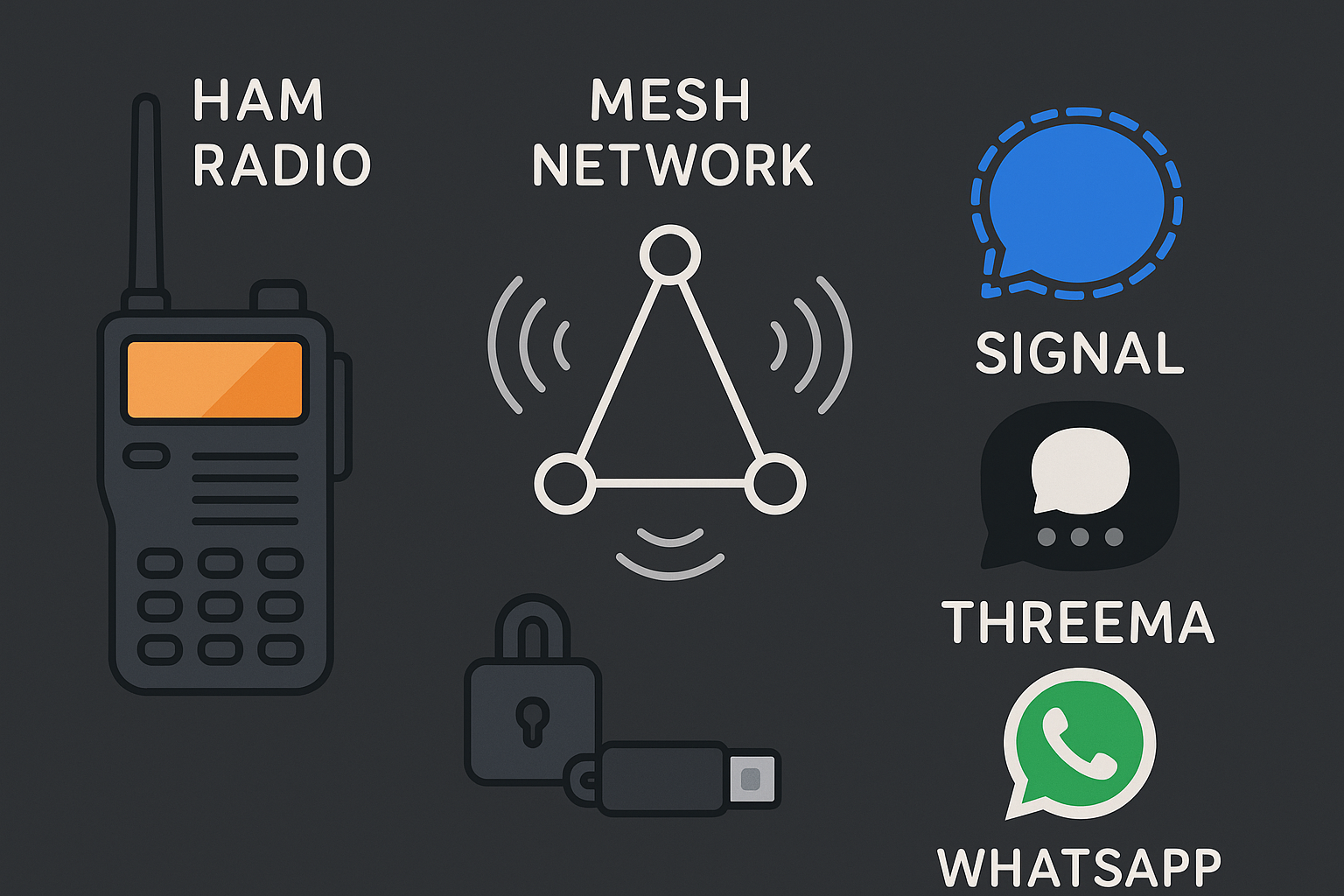
When the grid is fine, I use:
- Threema with most of the people I convinced to switch
- WhatsApp with family and friends who won’t switch
- Signal, which is also a good encrypted option
When things get serious:
- HAM radio (on my to-do list: get licensed)
- Mesh networks like Meshtastic or Meshcore. The right choice depends on coverage in your area.
Power Prepping
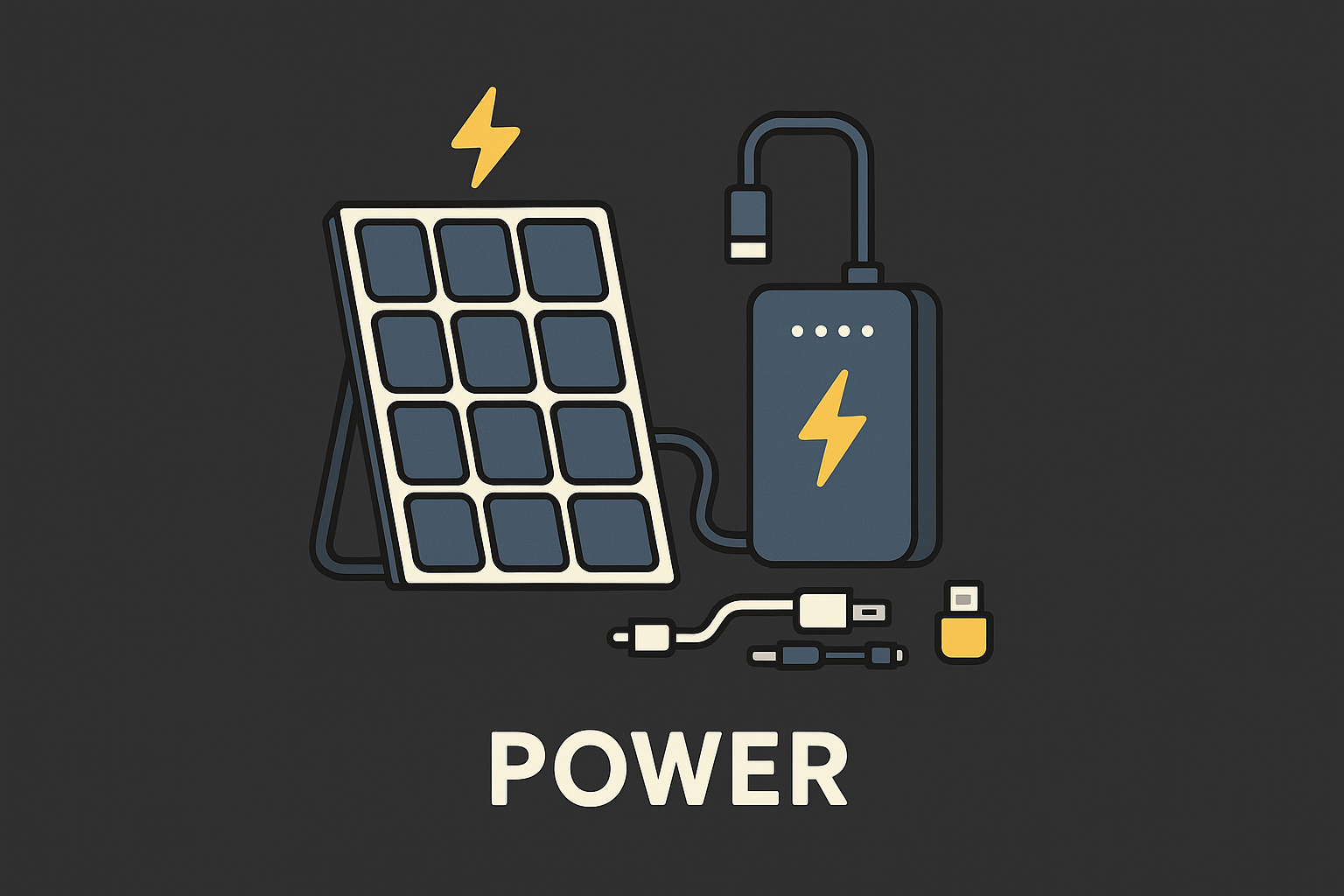
No digital plan works without power. I recommend:
- Solar panels with a battery system (I am looking at EcoFlow after the Portugal/Spain outage)
- High-capacity power banks (20,000 mAh or higher)
- Extra cords, adapters, and charging cables
Knowledge and Information
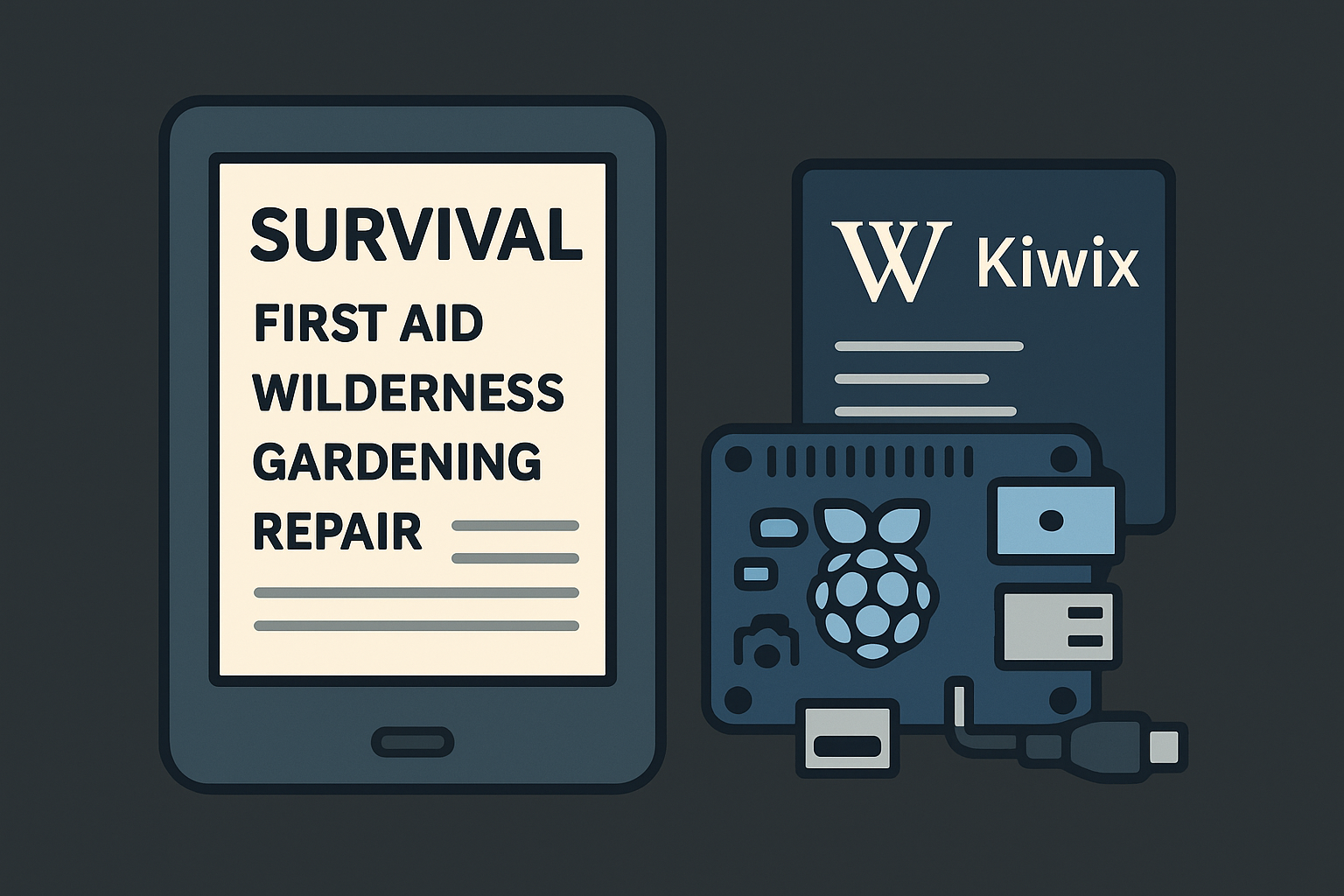
Knowledge is a prep that never runs out.
- An e-reader loaded with useful books and guides
- A Raspberry Pi with Kiwix, which lets you keep an offline library of Wikipedia and more
Some good sources:
- Wikipedia for general reference
- Wikihow for practical how-to
- Wikibooks for survival, gardening, repair
- Project Gutenberg for free morale and education books
- MedWiki for medical info (but pair it with real training like Stop the Bleed)
Keeping Track of Your Supplies

Digital prepping is not only about files and passwords, it is also about the real-world supplies you rely on. A lot of us start with spreadsheets or handwritten lists (Or spoiled food in the pantry and fridge), but that gets messy fast.
That is what led me to create Apocalists, a pantry inventory app designed for preppers and anyone who wants to keep better track of their food. It works as a simple food storage tracker: scan barcodes, monitor expiration dates, and always know what is in your pantry or freezer without having to dig through everything.
I built it because I wanted something that fit into my prepping routine. It helps me rotate food properly, avoid waste, and make sure I am stocked for both everyday cooking and long-term scenarios.
If you want to outlive your groceries instead of throwing them away, check it out: Apocalists – Pantry Inventory App.
Entertainment
Prepping is not just about survival. Entertainment keeps morale up.
- Board games and books
- A home Plex server on a Raspberry Pi with your favorite shows and movies
Optional Extras
- Home Automation (local-first):
- Home Assistant on a Raspberry Pi
- Local storage for motion alerts, water leak sensors, weather triggers
- Digital Note-Taking (Markdown-based):
- Obsidian (Im using it and it's great)
- Joplin
Markdown ensures your notes are portable and accessible in any text editor.
Final Thoughts
That is my digital prepping checklist, covering backups, security, communications, and power. My main takeaway is that prepping is not just about bunkers or long-term survival. It is also about making your daily life more resilient.
Do your own research before choosing products or software, since everyone’s needs are different.
I would love to hear what others include in their digital prepping setup, whether it is for Tuesday problems or full-blown SHTF scenarios.
Stay stocked, stay sane.

